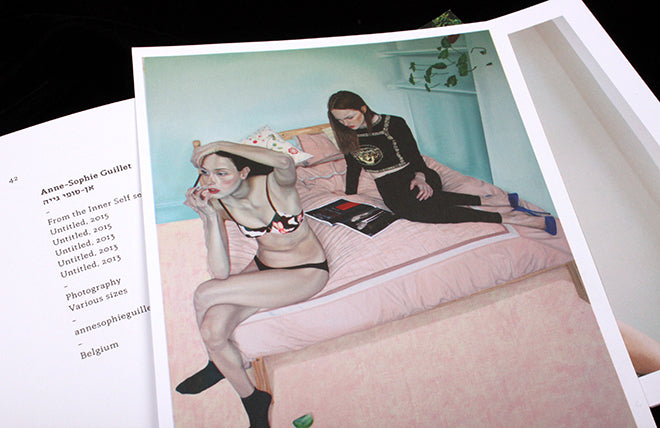
Mould Map #5 & A5 #14
One of my primary uses for magazines as a teenager was as a poster source – I was well trained in the art of slicing across a spine with scissors to perfectly remove glossy photographs or illustrations that I’d decorate my walls with. If only I’d had things like A5 or Mould Map at the time.
The two spineless, rubber-band-bound publications collect loose pages of illustrations and photographs by various image-makers; the format is perfect for blue-tack prone magazine readers like I once was. The range of imagery included in both publications is eclectic – some works are good, others are bad. People creating ‘platform magazines’ should take note: this loose formatting works well for showcasing different creatives.
Although similar in format, these two publications could not be further apart in terms of content. Nottingham-based comic magazine Mould Map doesn’t usually come in a see-through envelope with postcard-sized pages that are held together with a rubber-band that looks like the offspring of ‘Alien’. It doesn’t normally come with an iron-on patch either. Usually, Mould Map is a bound magazine. A5 from Tel Aviv on the other hand does always come as a collection of loose images in a cardboard box – the individual pieces are larger and it’s aesthetic is a lot lighter and charming than Mould Map’s.
Here are some selections from Black Box themed Mould Map that particularly caught my eye:
And others from 'Youth' themed A5 (which also comes with three separate booklet zines):
Although world’s apart, the content from both Mould Map and A5 have already been pinned above my desk. And there was no need for tearing spines apart or creasing glossy pages with the blade of my scissors.
I’ve been asking myself recently what the real point of a platform magazine is – we receive so many publications with the central purpose of showcasing the work of image-makers and designers, and sometimes these can feel all ego. The shape and format of these two publications give platform magazines a function – they aren’t just magazines filled with visual content, but they’re also a collection of single artworks too.












